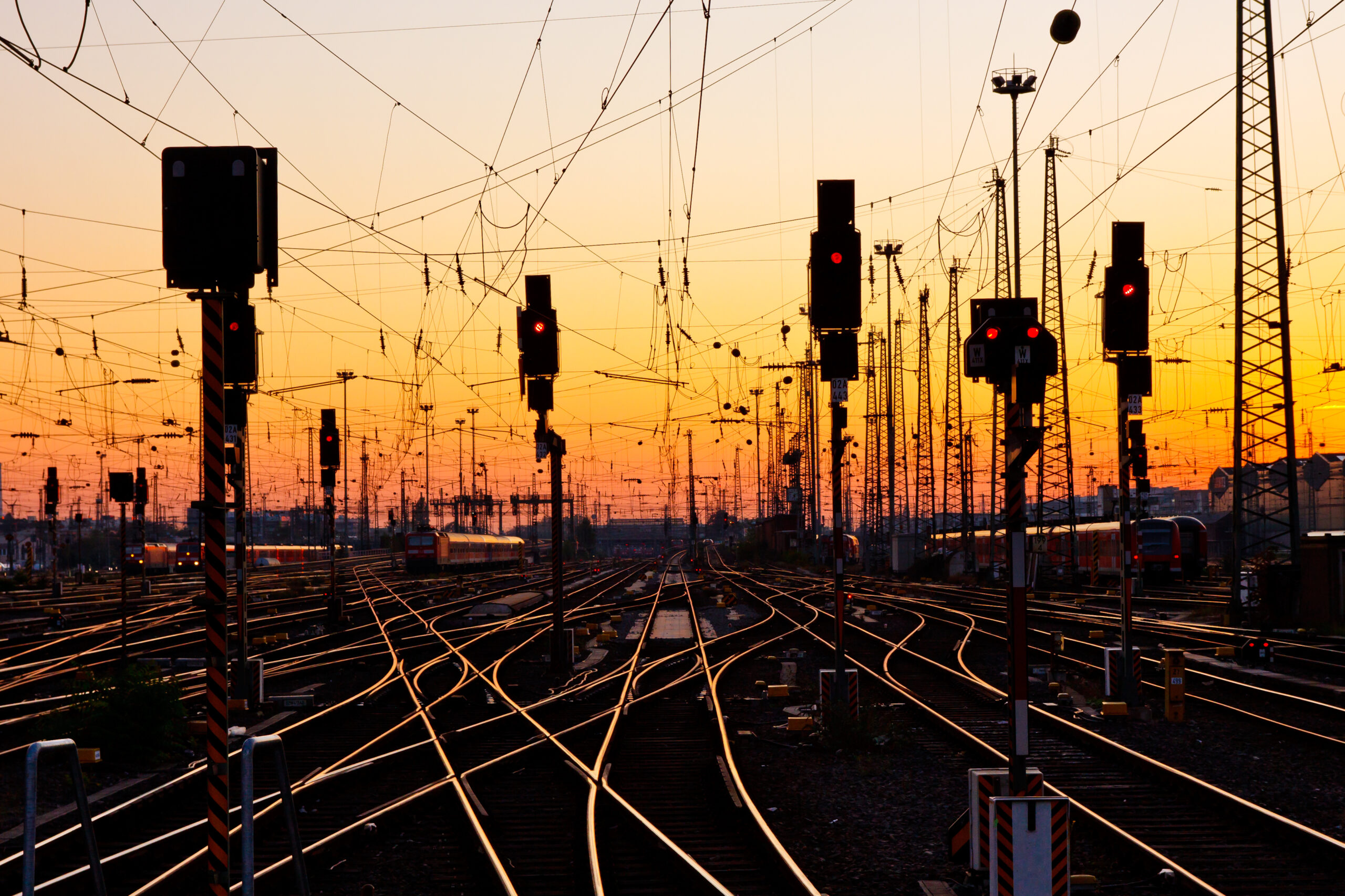Background and challenges
Riding the rails across Europe isn’t that simple! At every border, trains have to stop, change locomotive and driver, as signals vary from country to country. Twenty-seven in all are in service on the continent. This is a real hindrance to the development of mobility and freight transport, and ultimately leads to a lack of competitiveness between rail and road.
The subject is not new, and since the 2000s, Europe has been seeking to harmonize rail signalling, by standardizing standards, frequencies, signalling and detection systems: ERTMS (European Rail Traffic Management System). The aim is to move away from signalling on the tracks of individual countries to common signalling on board trains, with the European Train Control System (ETCS).
ERTMS has set up a fund to encourage the use of ETCS on board European trains, and to equip all networks with beacons linked to the system by 2035. As a result, rail mobility will become smoother and more frequent. Good news for Europe’s commercial growth and carbon footprint!
SEGULA Technologies has been selected to support this deployment, on board locomotives from a wide range of brands, including Alstom, Bombardier, Siemens, Thales… Its strengths? As an independent company, SEGULA Technologies has experience with all equipment manufacturers and with a wide range of on-board signalling systems.
The issues
- In Europe, rolling stock manufacturers must equip their fleets with on-board signalling systems, and railway companies their tracks with beacons.
- Europe has decided not to let the old systems coexist with the new ones.
- The scale of this massive deployment – 80,000 vehicles to be equipped in 2,000 different categories – is such that manufacturers do not have the manpower to handle it.
- A report published in March 2023 by Germany decreed that the construction of rolling stock should be handled by the usual equipment manufacturers, but that the market is open for the design and installation of signalling.
- European countries have a problem with the availability of documentation and the history of modifications linked to maintenance operations.

 FOR A BETTER EXPERIENCE
FOR A BETTER EXPERIENCE